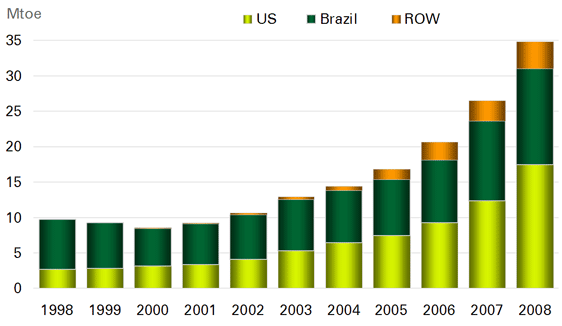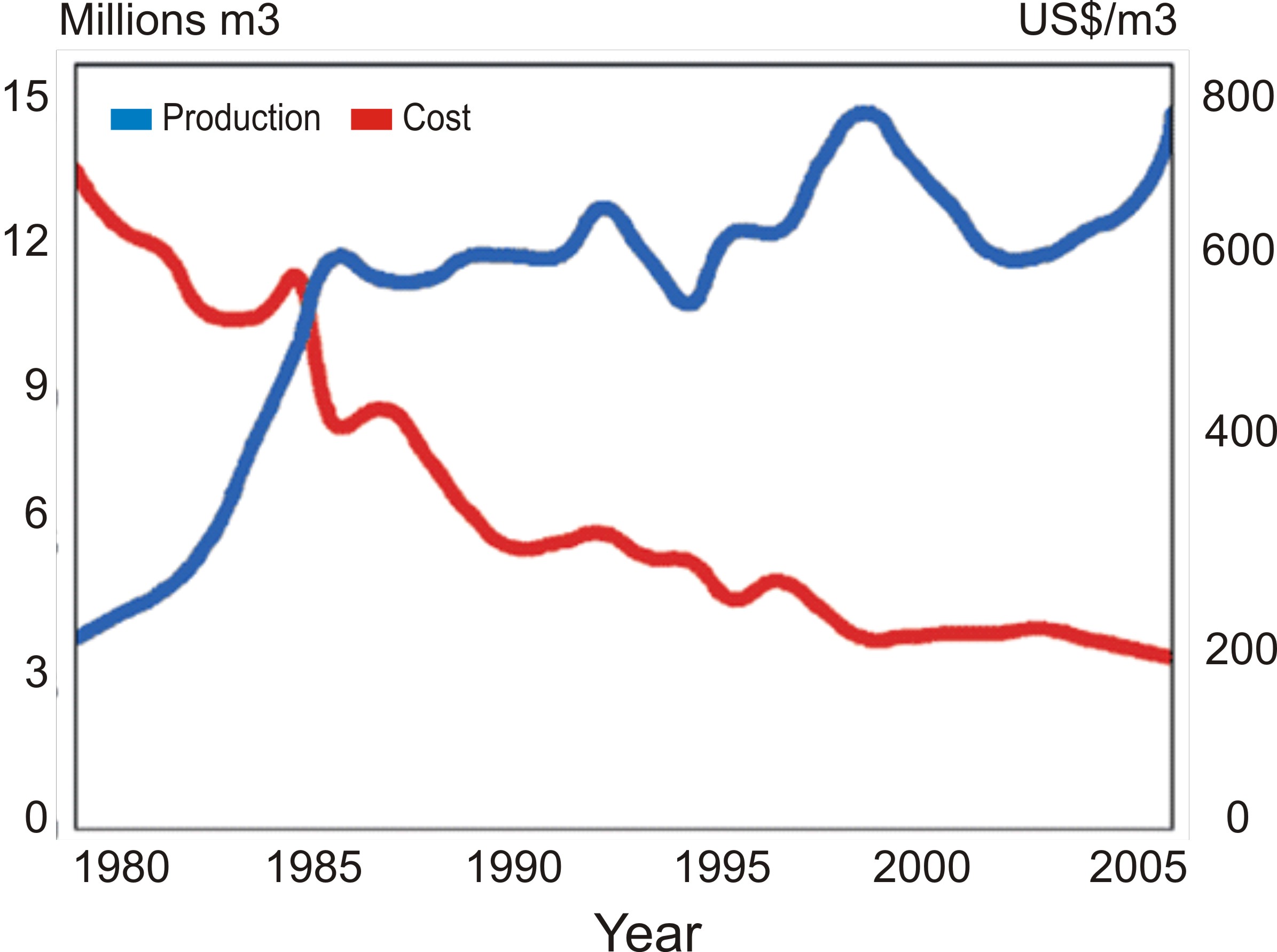Team:UNICAMP-Brazil/Yeastguard/Why
From 2009.igem.org
(→Our Project: How to control Lactobacillus contamination on fermentation vats?) |
(→How can Lactobacillus contamination be controlled?) |
||
| Line 31: | Line 31: | ||
<p style=”text-align:justify;”>It is generally believed that lactic acid bacteria are the primary bacterial contaminants of fuel ethanol fermentations, since lactic acid levels often rise during bouts of contamination (8). ''Lactobacillus sp''. And ''Bacillus sp''. may be the most harmful of the bacteria that contaminate molasses because of their rapid growth abilities. Because ''Lactobacillus sp''. are tolerant to high temperature and low pH, it is especially difficult to prevent ''Lactobacillus sp''. from growing (9). The presence of this contaminants causes big losses to the producers.</p> | <p style=”text-align:justify;”>It is generally believed that lactic acid bacteria are the primary bacterial contaminants of fuel ethanol fermentations, since lactic acid levels often rise during bouts of contamination (8). ''Lactobacillus sp''. And ''Bacillus sp''. may be the most harmful of the bacteria that contaminate molasses because of their rapid growth abilities. Because ''Lactobacillus sp''. are tolerant to high temperature and low pH, it is especially difficult to prevent ''Lactobacillus sp''. from growing (9). The presence of this contaminants causes big losses to the producers.</p> | ||
| - | ==How can Lactobacillus contamination be controlled?== | + | ==How can ''Lactobacillus'' contamination be controlled?== |
<p style=”text-align:justify;”>It has been reported that various agents, including antiseptics such as sulfite, hydrogen peroxide, 3, 4, 4-trichlorocarbanilide, and urea hydrogen peroxide and antibiotics such as penicillin, tetracycline, monensin, and virginiamycin are effective in preventing bacterial contamination. Penicillin and virginiamycin are currently used commercially to prevent contamination in the bioethanol production process, and some facilities use these antibiotics prophylactically (9). ''Bacillus'' sp. and ''Lactobacillus'' sp. isolated from Brazilian industrial fermentation unitswere shown to be susceptible to penicillin and the ionophore antibiotic monensin (8). However, it is particularly important to prevent bacterial contaminants during bioethanol production without using antibiotics, because all the selective pressure that the use os antibiotics can cause. Moreover, the use of these compounds increases the costs of the production. This way, the idea of our project remains on a possible control for contaminants without the addition of any extra compound on the fermentation vat.</p> | <p style=”text-align:justify;”>It has been reported that various agents, including antiseptics such as sulfite, hydrogen peroxide, 3, 4, 4-trichlorocarbanilide, and urea hydrogen peroxide and antibiotics such as penicillin, tetracycline, monensin, and virginiamycin are effective in preventing bacterial contamination. Penicillin and virginiamycin are currently used commercially to prevent contamination in the bioethanol production process, and some facilities use these antibiotics prophylactically (9). ''Bacillus'' sp. and ''Lactobacillus'' sp. isolated from Brazilian industrial fermentation unitswere shown to be susceptible to penicillin and the ionophore antibiotic monensin (8). However, it is particularly important to prevent bacterial contaminants during bioethanol production without using antibiotics, because all the selective pressure that the use os antibiotics can cause. Moreover, the use of these compounds increases the costs of the production. This way, the idea of our project remains on a possible control for contaminants without the addition of any extra compound on the fermentation vat.</p> | ||
| - | |||
==Our Project: How to control ''Lactobacillus'' contamination on fermentation vats?== | ==Our Project: How to control ''Lactobacillus'' contamination on fermentation vats?== | ||
Revision as of 19:51, 21 October 2009
| ||||||||||||||||||||||||||||||||||
 "
"
















